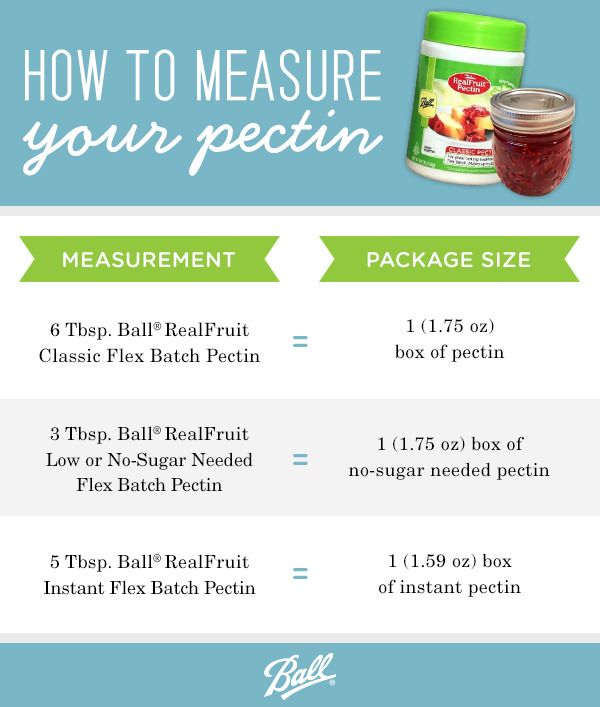Top Tips For Homemade Jams And Jellies
Homemade jams and jellies can be the star of a family gathering and make some of the most thoughtful gifts for friends. Tasty and simple, these sweet goods are so versatile that they can be incorporated into almost any meal.
Creating a delicious spread is much simpler than many think. With a great recipe, fresh produce and an understanding of the key ingredients, you'll be on your way to creating delicious jams or jellies in no time.
- Choose a safe, tested recipe. A recipe needs to boast much more than good flavor to be considered safe for home canning. When choosing a recipe for a homemade soft spread, factors like jar size, accurate measurements and ingredients used are all parts to the equation. That's why it's important to choose canning recipes from a safe, tested and reliable source. Jarden Home Brands, maker of the iconic Ball brand home canning products, offers a variety of expert-tested jam and jelly recipes that assist you every step of the way.
- Choose ingredients in their peak freshness. Just as important as the recipe you follow are the ingredients that you choose. One of the four key ingredients to a perfect soft spread is fruit. The fruit that you choose will provide the flavor and color in your recipe. Use only top quality fruit for the best results.
Be sure to pick produce that is at its peak for flavor, texture and color. Wash and dry thoroughly and remove any bruised areas. Peel, pit or core, crush or chop fruit as instructed by the recipe.
-
The Need to Know About Pectin, Acid and Sugar: The three remaining ingredients for jams and jellies are pectin, acid and sugar.
- a gelling agent found naturally in fruits, may sometimes need to be supplemented. Commercial pectin, liquid or powdered, is required for some soft spread recipes, but the two are not interchangeable so be sure to adhere to specific recipe requirements. A great resource is the pectin calculator.
Acid adds flavor and assists with gel formation. Recipes using fruits that contain a high level of natural acid may not require any extra acid to be added. Lemon juice is most often used to acidify recipes and each recipe will indicate the amount to add if necessary.
Finally, sugar helps with enhanced flavor, color retention, gel formation and preserving qualities. Granulated sugars are used in many recipes, but cane and beet sugars work equally as well. Be sure not to reduce the amount of sugar listed in your recipe. If you desire a low or no-sugar spread, follow a recipe that is designed to use less or a non-sugar sweetener.
A reliable recipe with the proper fruit, pectin, acid and sugar forms an irresistible spread with endless uses. Not to mention, you can now store, serve or gift your jam and jelly in these perfect new 4-ounce Jam Jars.
Happy jamming!
For more inspirational ideas, visit www.pinterest.com/BallCanning

